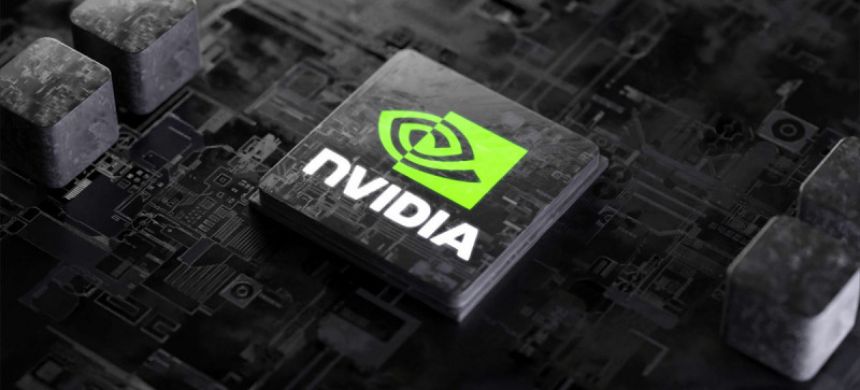Samsung Electronics has achieved a significant milestone by having its fifth-generation high bandwidth memory (HBM3E) chips pass Nvidia’s qualification tests for use in AI processors. This development marks a crucial step for Samsung, which has been working to catch up with its local competitor, SK Hynix, in the advanced memory chip market.
While Samsung and Nvidia have yet to finalize a supply agreement for the eight-layer HBM3E chips, sources anticipate that a deal will be reached soon, with supplies expected to commence by the fourth quarter of 2024. However, Samsung’s 12-layer HBM3E chips have not yet passed Nvidia’s tests, according to the sources.
Samsung confirmed that its product testing is ongoing and that it is collaborating with various customers to optimize its offerings. The company has not provided further details.
HBM, a type of dynamic random access memory (DRAM) first introduced in 2013, features vertically stacked chips to enhance space efficiency and reduce power consumption. This technology is essential for graphics processing units (GPUs) used in AI applications, where it helps manage large volumes of data.
Also Read: Nvidia Surpasses Microsoft as World’s Most Valuable Company
Samsung has faced challenges with HBM3E and previous HBM3 models due to heat and power consumption issues. The company has since revised its HBM3E design to address these problems.
Despite recent approval for Samsung’s HBM3 chips for less advanced processors in the Chinese market, the company is still catching up in the HBM sector. Dylan Patel of SemiAnalysis notes that while Samsung will begin shipping its eight-layer HBM3E chips in the fourth quarter, SK Hynix is already advancing with its 12-layer HBM3E chips.
Shares in Samsung Electronics rose 3.0% on Wednesday, surpassing the broader market’s 1.8% increase. SK Hynix’s shares also gained 3.4%.
The certification of Samsung’s HBM3E chips comes amid rising demand for advanced GPUs driven by the generative AI boom. HBM3E is expected to become a mainstream product, with significant shipments anticipated in the latter half of the year. Research firm TrendForce projects that demand for HBM memory could grow annually by 82% through 2027.
Samsung has forecast that HBM3E chips will account for 60% of its HBM chip sales by the fourth quarter, a target deemed achievable if the latest chips secure Nvidia’s final approval by the third quarter. Samsung’s total DRAM chip revenue for the first half of the year was estimated at 22.5 trillion won ($16.4 billion), with approximately 10% potentially coming from HBM sales.
Currently, the three main HBM manufacturers are SK Hynix, Micron, and Samsung. SK Hynix has been a primary supplier of HBM chips to Nvidia and supplied HBM3E chips in late March. Micron has also committed to supplying Nvidia with HBM3E chips.











